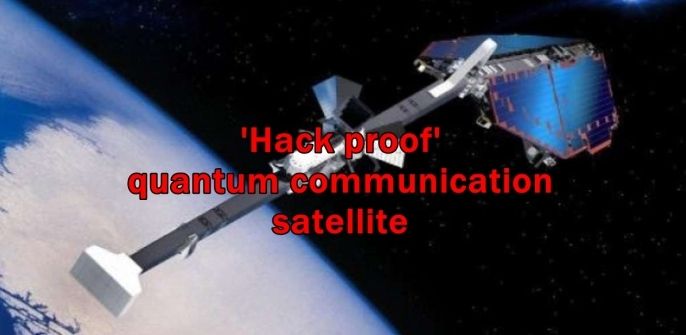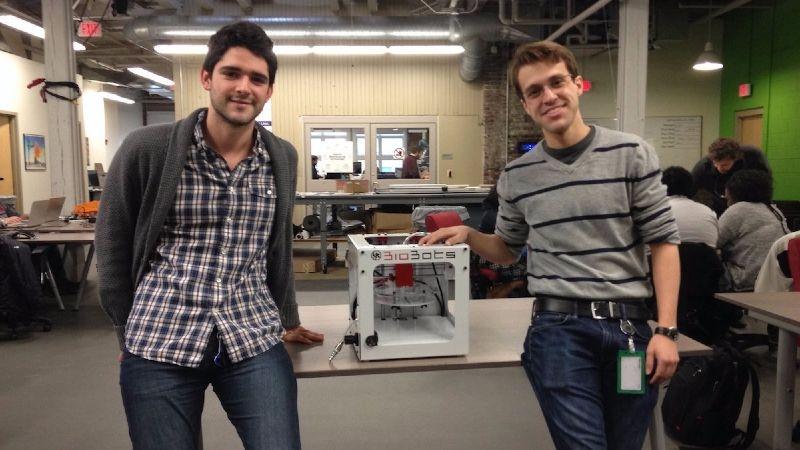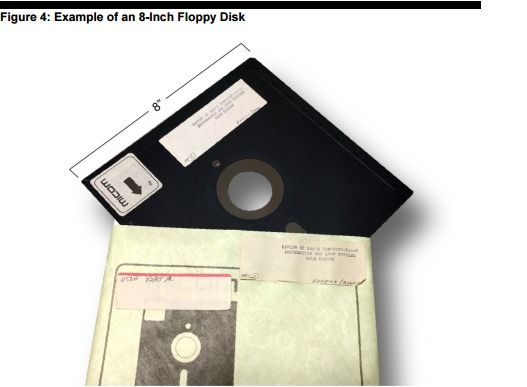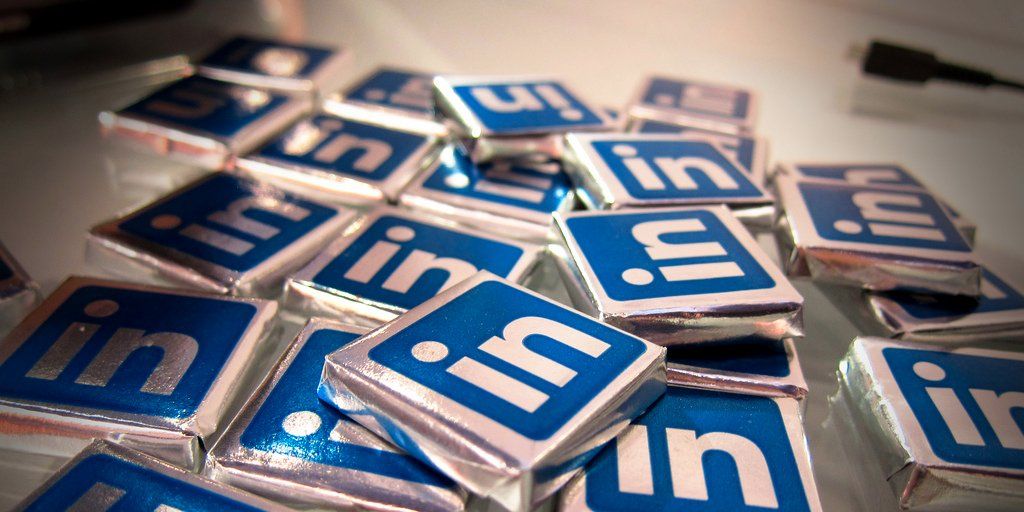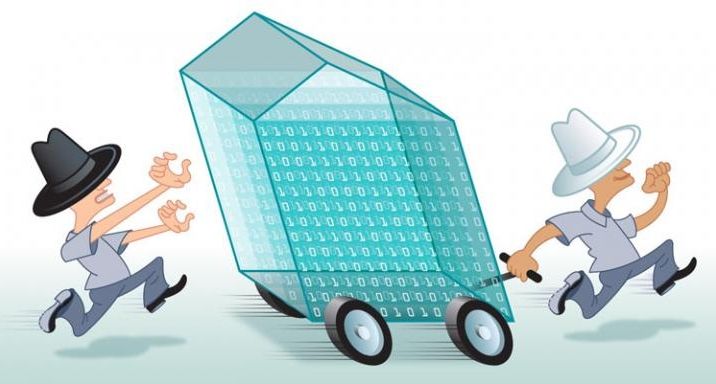Personally, if this doesn’t spook you then I have to question your sanity.
Quantum communication and quantum teleportation are two technologies ancient India invented and mastered. It saddens me to see the Chinese stealing a march in these fields. India must formulate a response by studying Vedic texts to rediscovered the blueprints to these advanced technologies. I’m confident that under Modi-ji’s brilliant leadership, India will quickly surpass China and America in the field of quantum teleportation and quantum communication by 2020!
China is readying to launch its first ‘hack proof’ quantum communication satellite
